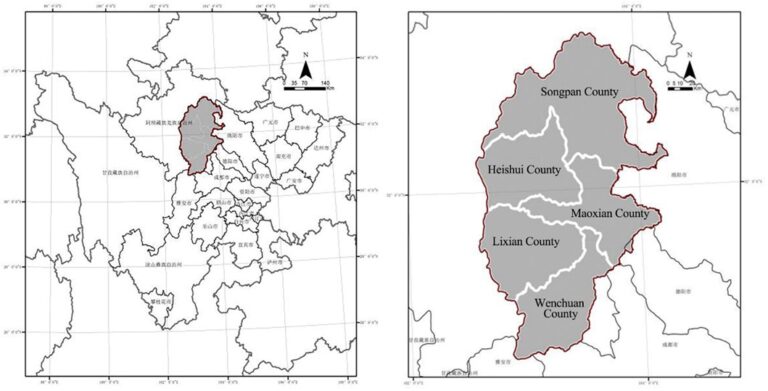The article discusses the complex interplay between human settlement development and environmental conditions in the Upper Minjiang watershed located in the Aba Tibetan and Qiang Autonomous Prefecture, Sichuan Province, China. Characterized by diverse topography and a fragile ecological environment, this region faces challenges including severe soil erosion, natural disasters, and variable human activities across counties. While some areas like Wenchuan are more developed, there are significant disparities in economic growth, per capita income, and urbanization, particularly in relation to local ethnic cultures.
The paper emphasizes the need for flexible urban planning and policy improvements to accommodate ecological preservation while facilitating development. It highlights existing land-use conflicts stemming from urbanization efforts that have disrupted the natural environment. The study aims to clarify the relationship between human settlements and ecological systems, proposing a “habitat-ecology” coordination model to optimize urban space development while ensuring environmental sustainability.
Through quantitative methods including correlation and regression analyses, the research identifies significant variables impacting both human construction and ecological factors, such as altitude, population density, and available construction land. The findings reveal that altitude significantly influences various ecological and settlement factors, proposing a driving mechanism model that highlights the need to balance human activities with environmental conservation protocols.
In conclusion, the study underscores the importance of future research aimed at dynamic interactions between human activities and ecological conditions within watersheds to inform sustainable urban planning practices. The research serves as a foundation for developing targeted environmental protection strategies and enhancing urbanization efforts in mountain landscapes.


